Worsted vs Woollen Spun Yarns: The Yarn-Making Process
Before I became a spinner, I thought that yarn was yarn was yarn. When I learned to spin, I started to understand that there was so much more to yarn. There are so many factors to consider, from the fibre content to the construction to the way it was prepared and then spun. In previous articles, I’ve talked about yarn plies and substituting yarns, but here we are going to talk about the difference between worsted and woollen spun yarns and what exactly that means to you, the crafter.
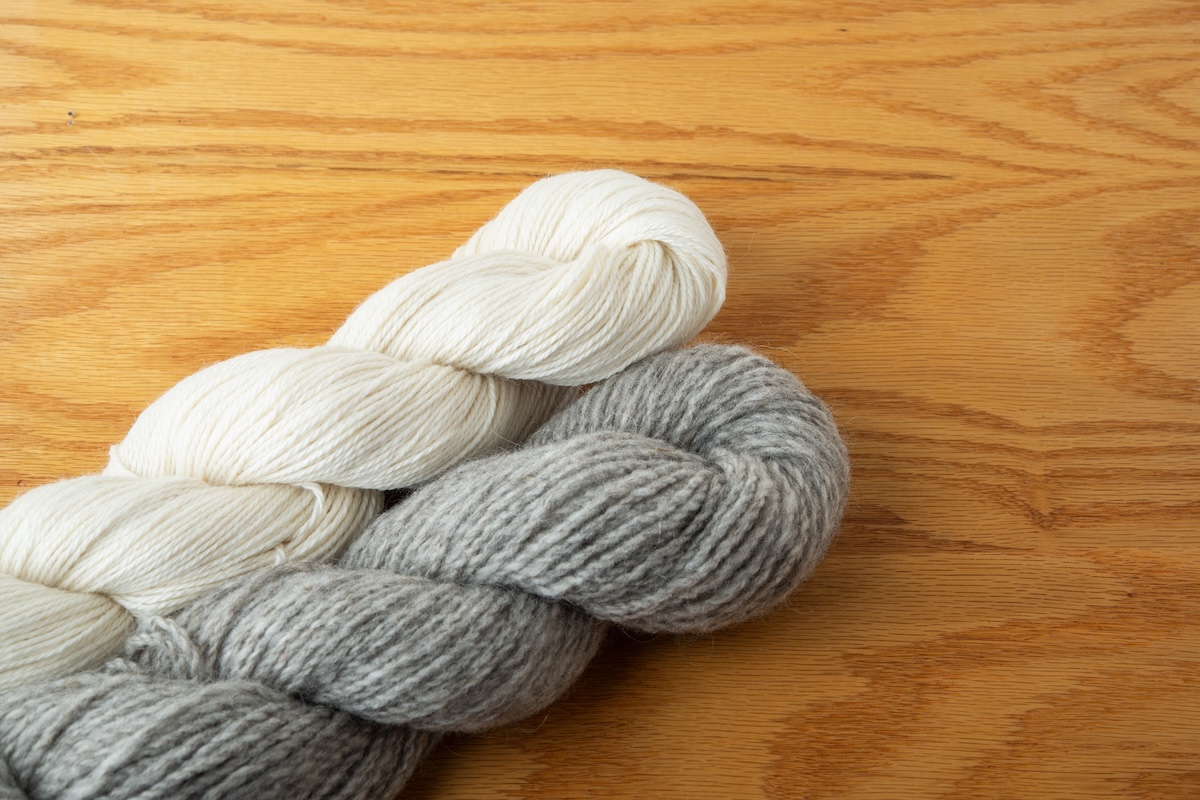
Before the Fibres are Spun
As I’ve said in other articles, all yarn comes from fibre, whether that fibre is from sheep or some other animal or plant. In order for that fibre to be turned into yarn, it needs to go through a few processes first. The process I’m sharing is specifically for wool or hair fibres, as the processes for plant fibres and silk are handled differently.
First, the fibre will need to be washed. This can be done on a small scale by you in a sink or on a large scale in a mill with large machinery. This step is to remove the dirt and some of the oils, like lanolin, from the fibre. It is important to note, especially with fibre that is prone to felting, that you need to be careful and gentle with your washing process. The more time taken to ensure the fibres don’t get felted, the easier it will be to work with the fibre after the washing process.
After the fibre is dry, it will then need to be prepared for spinning. If you are processing by hand, you can either card or comb your fibre. Carded fibre produces a woollen fibre preparation. Combing fibre produces a worsted fibre preparation. In mills, the fibre always starts carded but will go through a few more processes to create a worsted preparation.
Combing the Fibre
Combing is done with hand combs, which have long nail-like tines on the end of a handle. Traditionally, these combs were heated before they were used. This was especially important in cooler weather as any residual oils from the fibre would get stuck on the tines of the combs and make the job harder. When we look at raw fibre, sometimes referred to as locks, we will notice that we have the cut/shorn end and the tip. Combing is meant to keep the fibres in the same alignment as they were grown. Fibre locks are loaded onto the comb by the shorn end, and the combing action keeps the fibre tips together. The process of combing will help remove some of the vegetable matter that was caught in the fibre, and it also removes the shorter fibres from the fleece. This helps to make the preparation more uniform, which will then create a more uniform yarn.
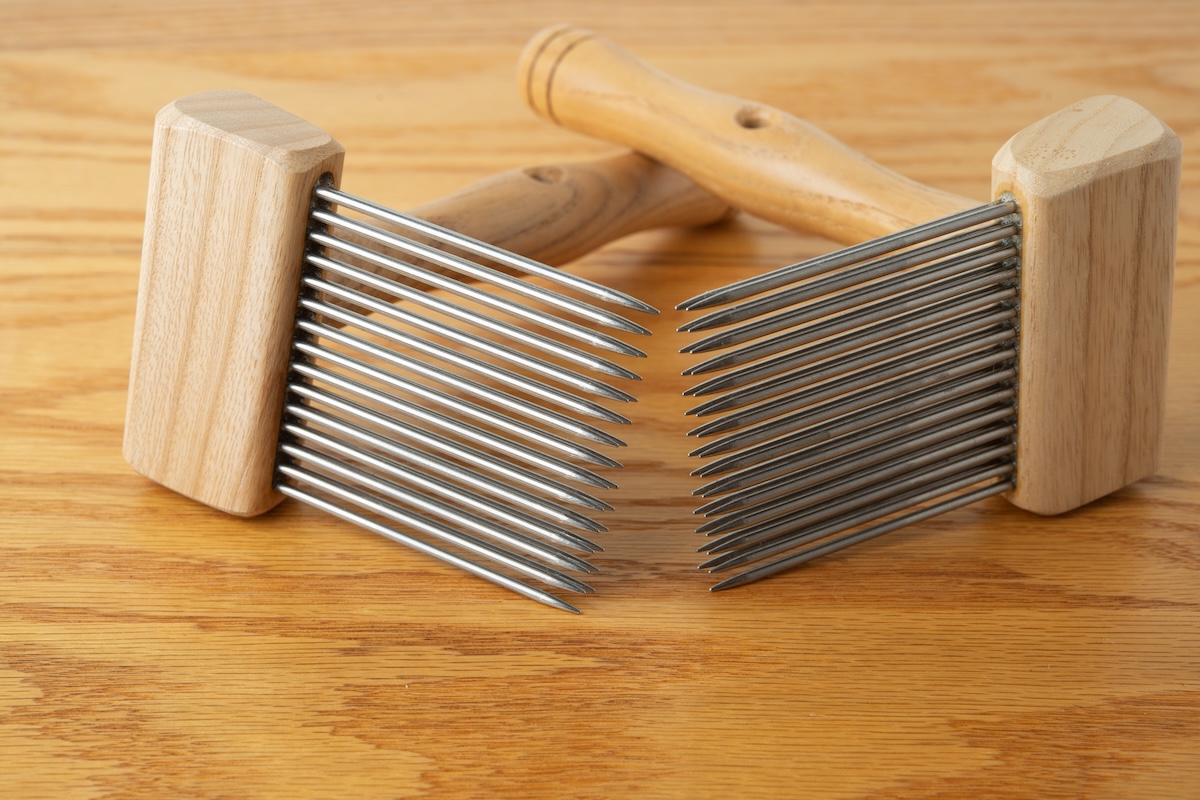
When the combing is complete, the fibre is taken off the combs with a diz to form what is referred to as a sliver. Combing was one of the last steps of the yarn-making process to be industrialized. The movement of hand combs is incredibly hard to replicate with machines, so the process looks a little different in a mill. In a mill, the fibre will be carded first, and it will then be put through a machine called a gill. After gilling, the fibre is passed onto a machine for combing, where it is pulled through very fine combs and the shorter fibres, neps, and any residual vegetable matter are removed. This creates a very fine sliver of fibre. The fibre then goes back for several more passes through the milling machine before going through a process called drawing and doubling. Fibre that has been prepared this way at a mill is referred to as top. Traditionally, combing was reserved for longer stapled fibres, as it was more suited to this process.
Carding the Fibre
Carding is done with either a drum carder or hand cards. The process looks a little different to combs, as maintaining the orientation of the fibre isn’t as much of a concern. Carding will remove some of the dirt and vegetable matter that is stuck in the fibres. Carding produces fibre preparations called batts, roving or rolags, depending on how it is removed from the hand cards or from the drum carder. The fibre preparations from carding are more disorganized, and it also allows for more air to be trapped in between the fibres. Carding creates less waste, as the shorter fibres are mixed in with the longer fibres. Traditionally, carding was done with shorter stapled fibres, as the disorganized fibre preparation made spinning these shorter fibres easier.
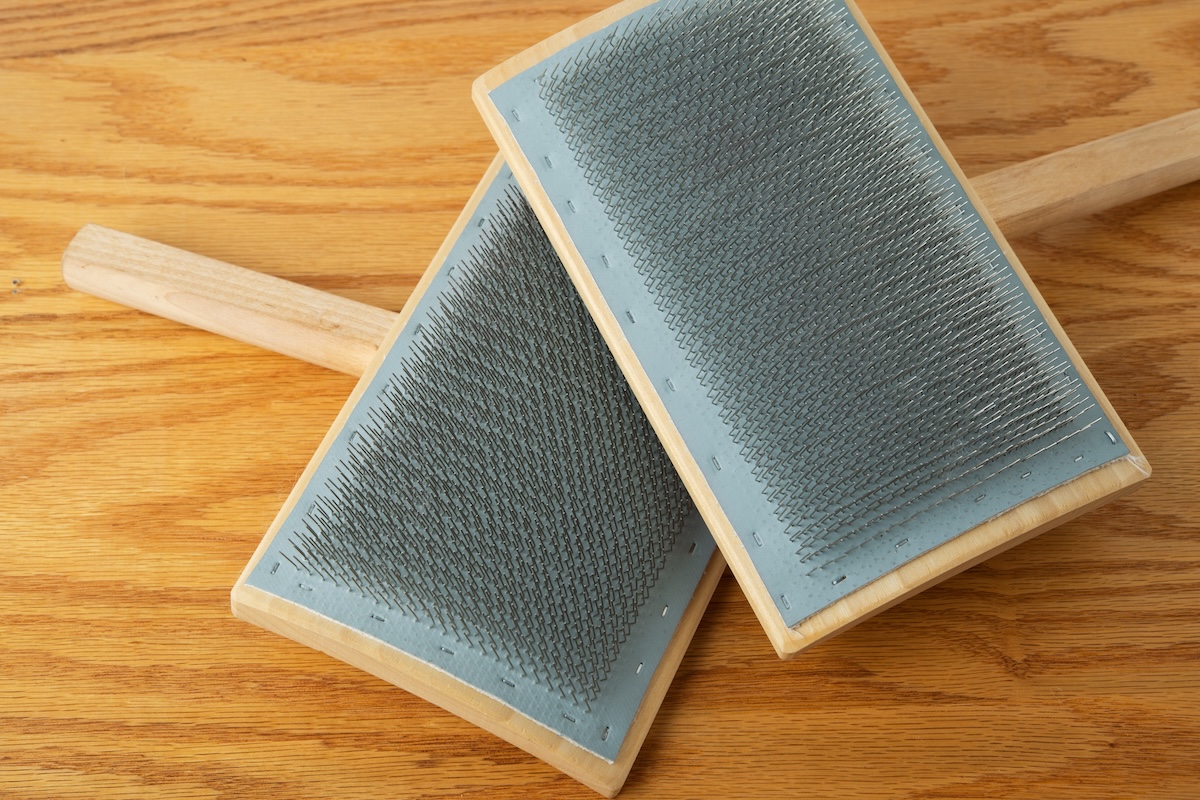
Spinning the Fibres
Once the fibre is prepared, it will now need to be spun and this is where you see a second distinction between worsted and woollen spun yarns.
Worsted Spun
When a hand spinner takes combed fibre or commercial top and spins it with a worsted draft, they will create a worsted spun yarn. Drafting is the method in which the fibre is pulled from the fibre supply for a twist to be added to it. With a worsted draft, it is all about drafting the fibre out and smoothing it down as you go back to pick up more fibre to draft out. With this spinning method, it is really important that the twist does not enter into the fibre supply. There is a similar smoothing process that happens at the mill, but it is done by rollers as the fibre is moved through the spinner. The mill spinners also have a drafting zone where no twist enters the fibre supply. Once the singles are spun, two or more of them will be joined by spinning them together in the opposite direction. The resulting yarn will be smooth and have more sheen to it than a woollen spun yarn. The smoothing out of the fibres when being spun also pushes out a lot of air, which makes this type of yarn less insulating but often more durable.
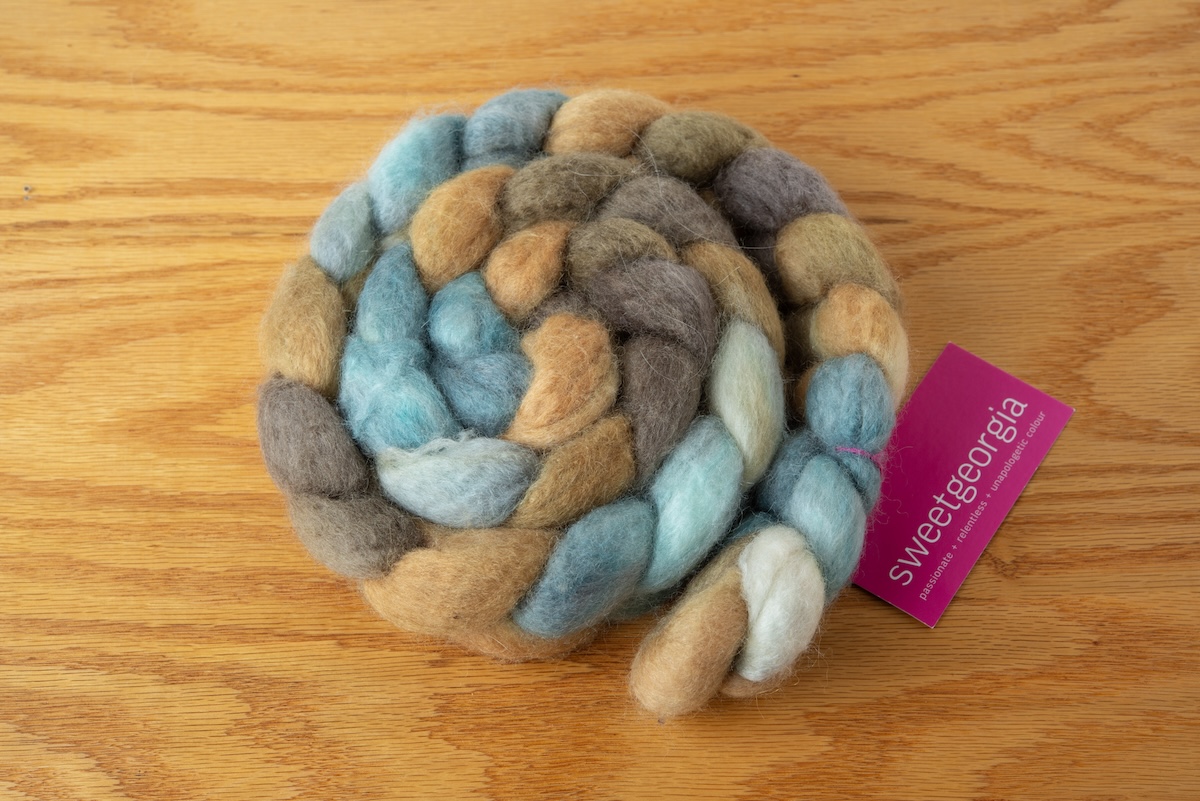
Woollen Spun
When a hand spinner takes carded fibre and spins it with a woollen draft, this is what will create a woollen spun yarn. A woollen draft, which is sometimes referred to as a long draw, sees the spinner pulling back from its wheel or spindle and not smoothing the fibres as they go. The twist actually helps to draft out the fibres from the fibre supply. This process traps a lot of air in between the fibre, which makes this type of yarn more insulating. At a mill, the fibre is spun into yarn with no smoothing from rollers as it feeds into the spinner. This creates a yarn that is loftier and warmer but less smooth. The slightly disorganized look of the finished yarn will reflect less light, which makes the fibres appear less shiny and makes them more prone to pilling.
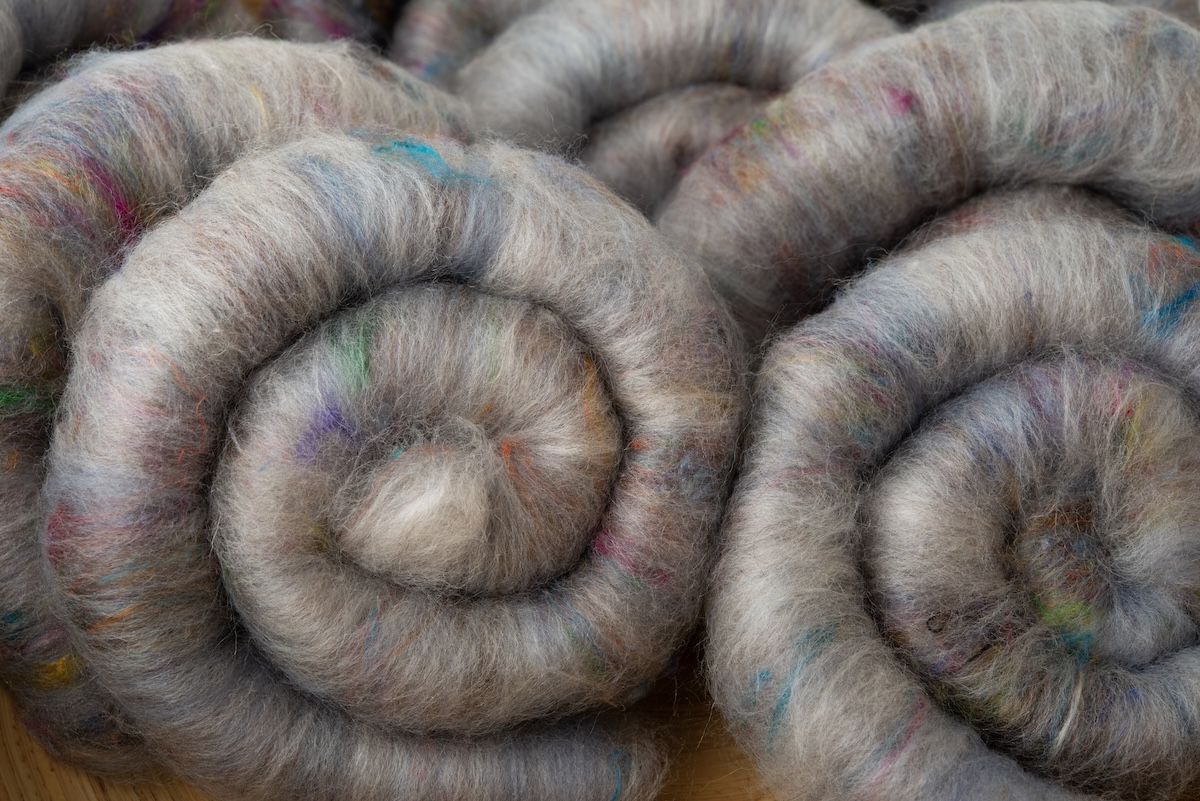
Variations/Semi-Spun
Hand spinners can also create what are referred to as semi-worsted or semi-woolen yarns. This is when they might take a carded prep and spin it with a worsted draft or take a combed prep and spin it with a woollen draft. These create yarns that sit partway between worsted and woollen. They have traits from both worsted and woollen yarns. Most mills are set up to do either worsted or woollen spinning.
An Additional Tip
As a spinner, I learned early on that it was important to wash my yarns before I used them. When fibres are spun, they are attenuated, which effectively pulls the crimp in the individual fibres straight. When the fibres are put into water, the crimp is reactivated, and the fibre will bloom. Depending on the fibre, some will bloom more than others. The same is also true for how it was spun. A woollen spun yarn will bloom more than a worsted spun yarn. If you’ve picked up a yarn that has been mill spun and maybe smells a little “sheepy” still, I recommend giving it a wash before you work with it. You might be surprised by how much it changes.
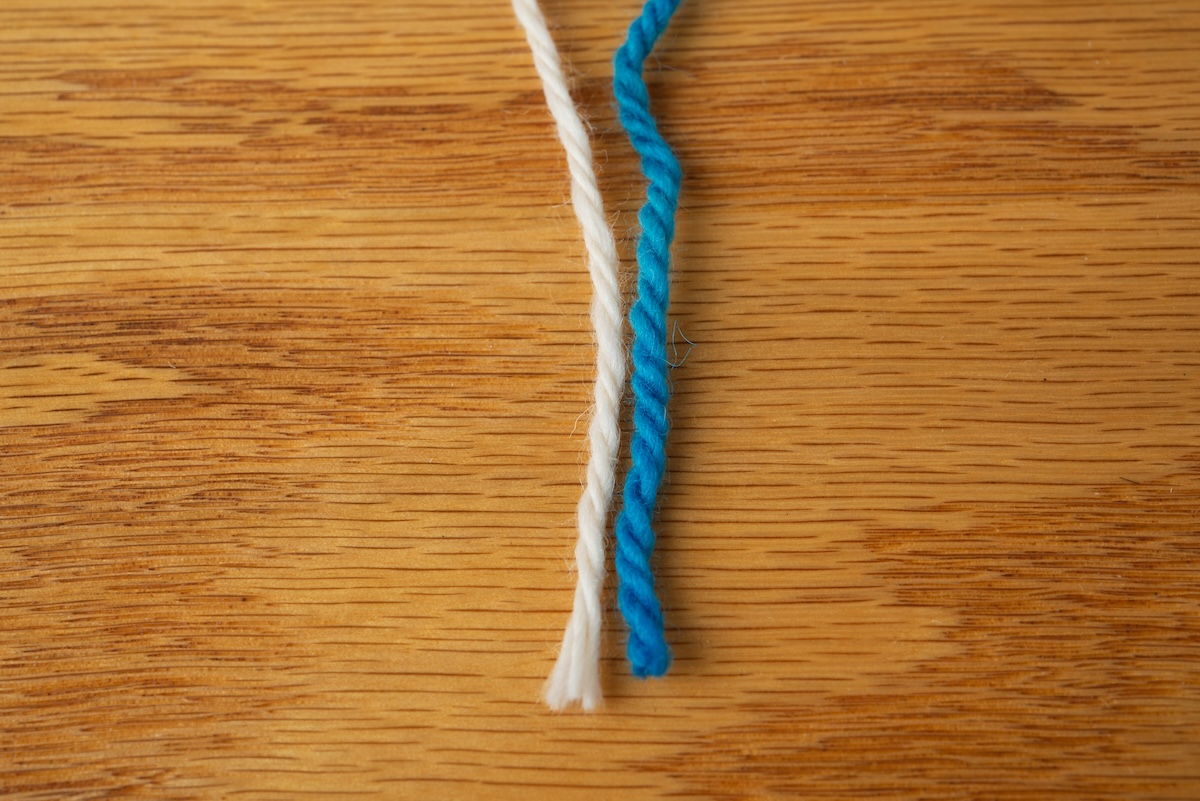
How this Relates to Our Knitting & Crocheting Projects
Now that you understand how the yarns are made, what does this mean for you when you are working with them? To help you make an informed choice, let’s talk about the kind of fabric each of these yarns will create.
Best Uses for Woollen Yarns
Remember all those air pockets that are trapped in woollen spun yarns that make them so cozy and warm? They also serve to make these yarns very adaptable to a wide range of needle sizes and gauges. Those air pockets and irregular fibre lengths will nestle into each other and fill in spaces. The magic really happens when you go to wash and block your project. The fibres will shift around and reorganize themselves to create a really cohesive fabric. Your stitch definition will be a little lost, but you will have a garment that is very cozy.
A lot of designers will choose a woollen spun yarn for colourwork, especially if they want a softer, more blended look to the colours. When that bloom happens, the stitches meld together a little more, making it seem like the colours are mixing together. They also tend to be endlessly forgiving of differences in tension and even themselves out in the blocking. This blending and softening will happen no matter which type of handcraft you are using your yarn for, be it knitting, crocheting or weaving.
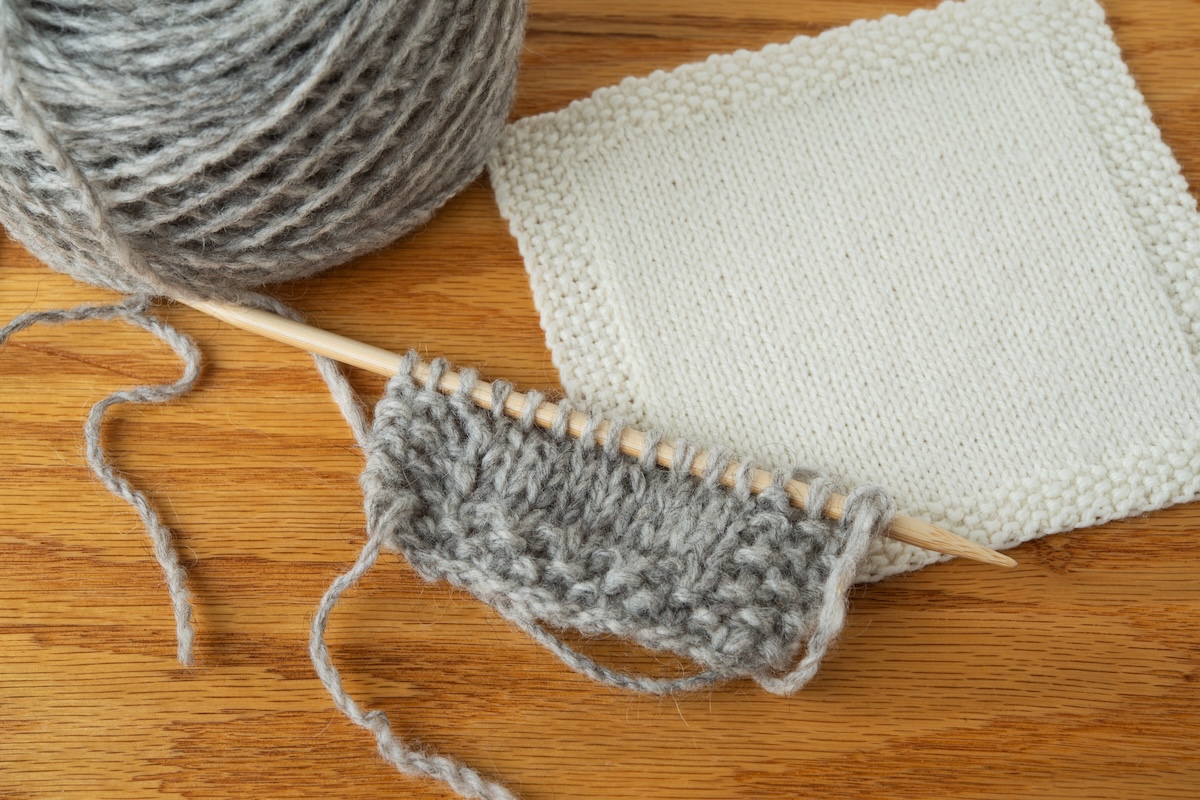
Best Uses for Worsted Yarns
Worsted spun yarns, on the other hand, are smoother and will work up into a fabric with a beautiful drape and better stitch definition. Where a cable might get lost in a woollen spun yarn, it will pop in a worsted spun yarn. The preparation of fibre for worsted spinning means that they are nicely aligned and tightly packed. When those fibres are then spun, they tend to spin up denser and more compact, which is what gives these yarns more tensile strength and resistance to abrasion. This is one of the reasons I will choose a worsted spun yarn for socks over a woollen spun one. Those socks will last a lot longer with the added resistance to abrasion. Worsted yarns are also great for showing textural details in their best light.
Woollen or Worsted?
This leads us to the question, is worsted better than woollen or vice versa? The reality is that it depends on the situation. Some projects call for the cozy comfort of a woollen spun yarn, while at other times, you want the beautiful drape and crisp stitch definition of a worsted spun yarn. The key is that by understanding the difference between these two types of yarns and how they will work up, you can make a more informed choice about which one will suit your project the best.
Find more of Katrina’s articles here on SweetGeorgia and her courses at the School of SweetGeorgia!
The post Worsted vs Woollen Spun Yarns: The Yarn-Making Process appeared first on SweetGeorgia Yarns.
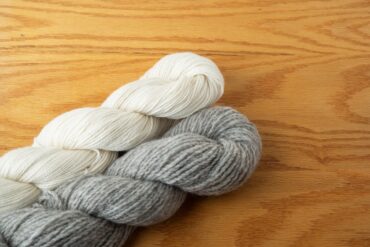
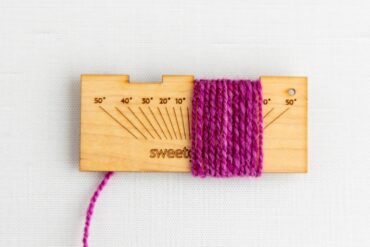
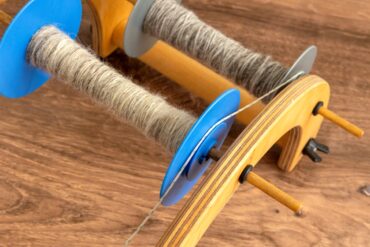
Comments
Post a Comment